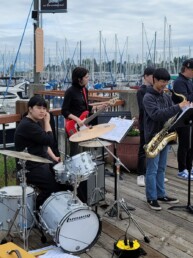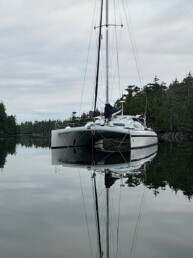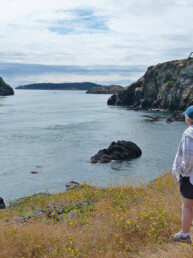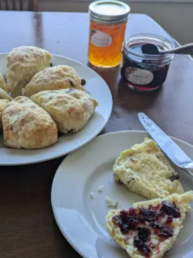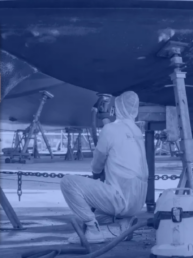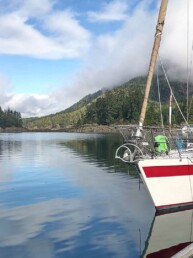Lucile McDonald (1898-1992) was an amazing journalist/historian/author on the prowl for Washington State history. Let’s once more follow her trail through Puget Sound when she was beach-combing for tales of the rum-running days during the Prohibition Era.

If one waits long enough, almost any true experience becomes a collector’s piece. National Prohibition ended in December 1933; it was the following March before Washington’s first state liquor stores were in business.
For nearly 14 years the entire United States had been dry. Washington had suffered thirst four years longer than that because of a Prohibition Law of its own, effective 1 January 1916.
Sufficient time has elapsed so that minor actors in the drama of the Prohibition Era feel that now their part can be told. One of them volunteered the information that he was hired to work on a farm at Washington Harbor, Clallam County, and discovered its owner was a bootlegger, ostensibly raising turkeys and hay. The main purpose of the hayfield was to conceal a ditch in which liquor was stored.
Another told how his father had moved from Samish to Sucia Island because farming was not as profitable as repackaging liquor goods. He removed bottles from boxes and repacked them in gunny sacks.
“Yes, but some other repackaging was done, and not always on the level,” another man commented. “You might be paying $120 a case for good liquor. You received it in a straw-stuffed gunny sack with a handle. You opened it and what did you have–three bottles of good liquor and the rest of the bottles filled with tea!”

